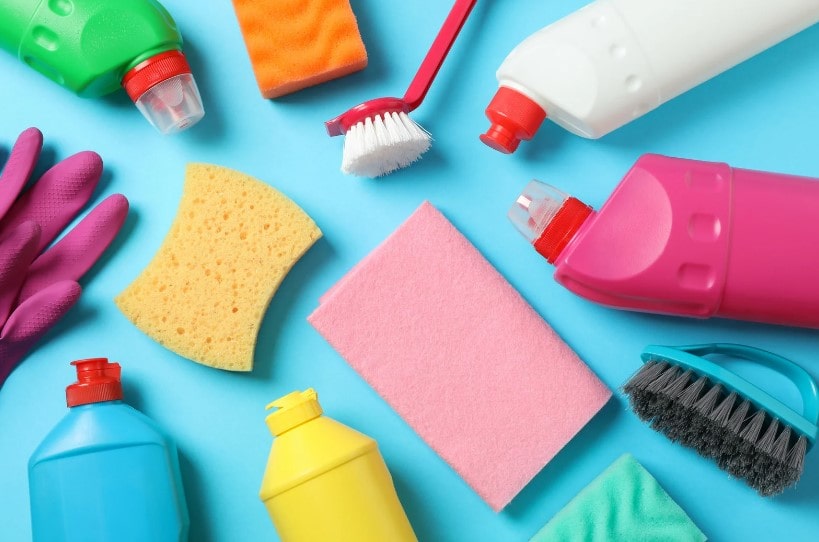
Understanding the difference between deep clean and regular clean is crucial for maintaining a clean, healthy, and safe environment, especially in high-traffic areas like primary and secondary schools.
Knowing these differences can help you plan and execute your cleaning plan more effectively, whether you need to clean a classroom or the whole school.
1. Scope Of Cleaning
Deep cleaning in schools or any other establishment involves a thorough and comprehensive clean of areas that may have been neglected or require intensive cleaning. It's akin to a 'spring clean', reaching into the hidden corners and crevices that regular cleaning might miss. Deep cleaning tasks often include scrubbing tiles, cleaning shower heads, unblocking drains, and cleaning behind large appliances.
On the other hand, top-up cleaning, also known as regular cleaning, focuses on maintaining cleanliness in areas that are frequently used or have already undergone deep cleaning. Regular cleaning tasks typically include sweeping and mopping floors, tidying up objects, cleaning high-contact areas like bathrooms and kitchens, and taking out the rubbish.
2. Frequency
The frequency of cleaning depends on the type of cleaning. Deep cleaning is often done on a periodic or as-needed basis. It could be annually, seasonally, or before or after a school holiday. For instance, schools may schedule a deep clean during the summer or Christmas holidays when the premises are empty.
Top-up cleaning, however, is part of a regular cleaning schedule. Depending on the location's specific needs, it could be daily, weekly, or monthly. Regular cleaning helps maintain cleanliness around the premises, preventing the build-up of dust, dirt, and debris.
3. Intensity And Time
Deep cleaning requires more time, effort, and attention to detail than top-up cleaning. It's a meticulous process that ensures every nook and cranny is spotless and hygienic. For instance, a deep clean of a small primary school or classroom complex in average condition can take a cleaning team up to 12 hours.
In contrast, top-up cleaning is less time-consuming and generally involves lighter cleaning tasks like dusting, surface wiping, and tidying. It's about maintaining a clean environment every day, which is essential for the health and well-being of everyone using the premises.
4. Purpose
The purpose of deep cleaning goes beyond surface cleanliness. It addresses neglected areas, deep-seated dirt, or specific cleaning challenges. Deep cleaning in schools, for instance, can help reduce the spread of germs, allergens, and viruses, contributing to a healthier learning environment.
Meanwhile, top-up cleaning maintains a baseline level of cleanliness and tidiness between deep cleaning sessions. It ensures that the premises remain presentable and hygienic, providing a pleasant environment for everyone.
5. Cost
Deep cleaning is generally more expensive than top-up cleaning due to the additional time, effort, and specialised cleaning requirements. However, it's a worthwhile investment considering the thoroughness of the cleaning and the long-term benefits it offers. Top-up cleaning, while less costly, is equally important. Regular maintenance helps prolong the cleanliness achieved from a deep clean, making it a cost-effective strategy in the long run.
The Importance Of Deep Cleaning And Top-up Cleaning
Both deep cleaning and top-up cleaning are vital in maintaining cleanliness and hygiene in any school. Understanding their critical differences can help you make informed decisions about your cleaning needs and ensure a clean and healthy environment.
Book A Free Site Cleaning Evaluation With Power Hygiene
Request a free site cleaning evaluation today and let the Power Hygiene team help you maintain the highest standards of cleanliness and hygiene in your school. With over 5000 cleaning products in stock at attractive wholesale prices, we supply all the products you need to derive the maximum value from your deep cleans and top up cleans.
Image Source: Canva


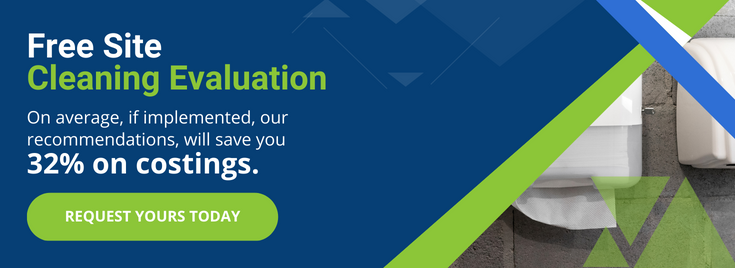
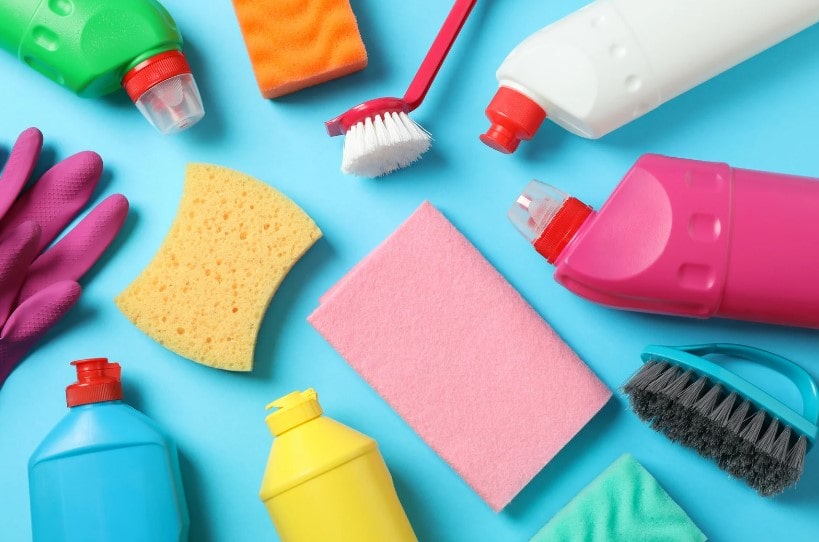
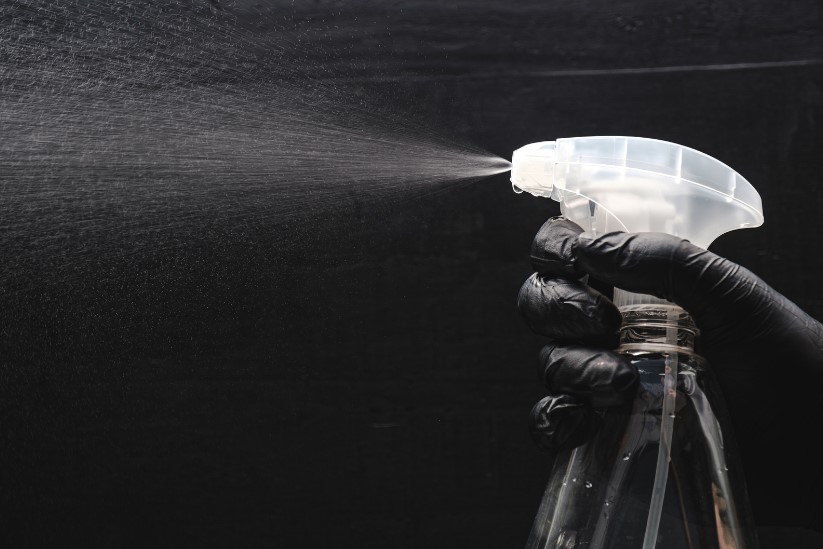
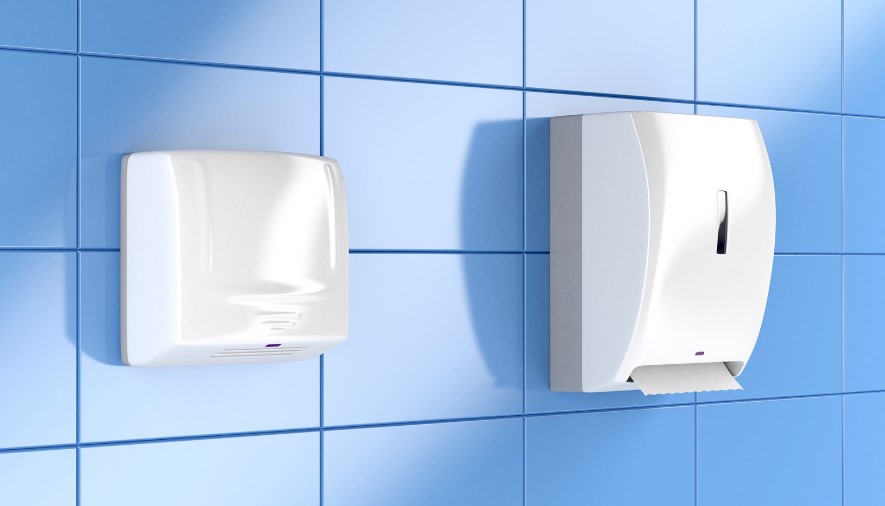
Leave a Comment